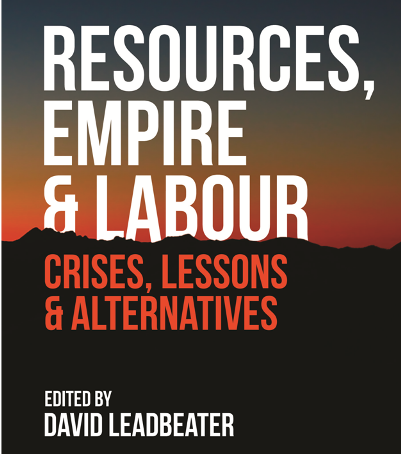http://www.huffingtonpost.ca/business/
SEPT-ÎLES, Que. – The Quebec government is expected to make a decision any day now on the development of Canada’s largest open-pit mine near an inhabited area.
Environment Minister David Heurtel is trying to balance a difficult economic situation in Quebec’s North Shore with serious environmental concerns. If it is approved, the Arnaud mining project will extract apatite, phosphate minerals used for fertilizers, roughly six kilometers as the crow flies from downtown Sept-Îles.
The Bureau d’audiences publiques sur l’environnement (BAPE), an independent agency that reports to the Ministry, said in a report last year that the project was “unacceptable” in its present form. The risk of water contamination and landslides are simply too high, said BAPE, an advisory body that has no decision-making power.
Sept-Îles is located in Quebec’s northeastern territories, approximately 600 kilometers from Quebec City. Its economy is heavily dependent on mining by large, multinational companies, but it has taken a severe blow with recent layoffs at Cliffs Natural Resources.
According to its supporters, the Arnaud mine would create jobs and diversify the local economy. But opponents say having an open-pit mine within city limits is too risky. Sept-Îles currently has just one source of drinking water and no alternatives in case of contamination.























